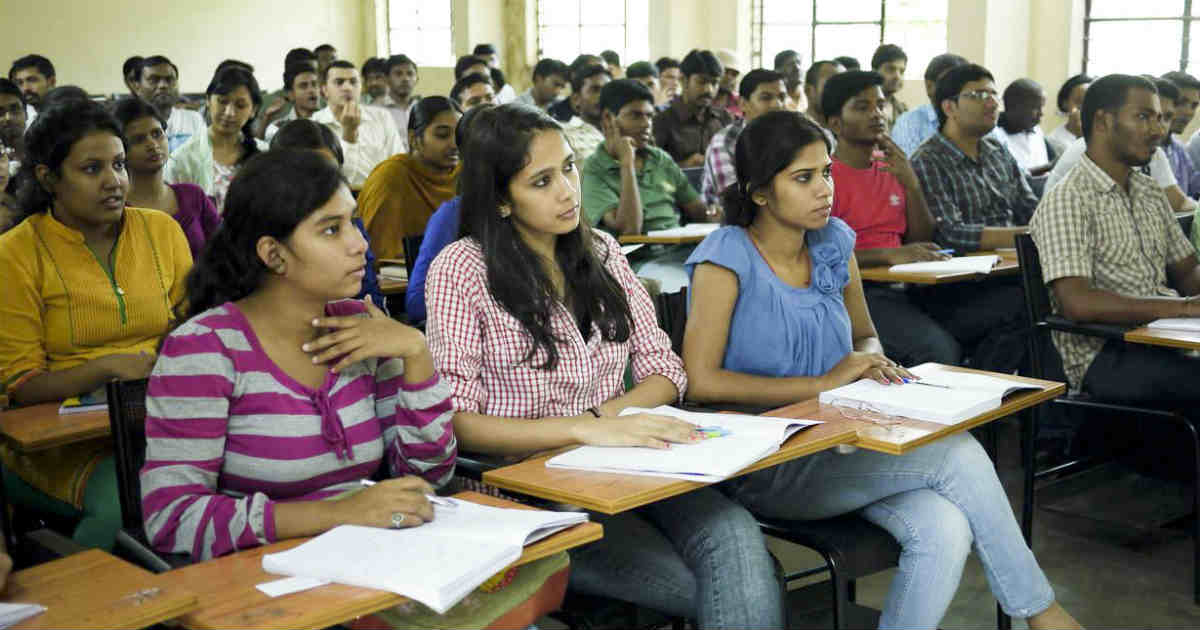Secondary education became the focus of policymakers soon after Independence
 Reform in They felt that 10 years of schooling was not sufficient for higher education. They agreed with their predecessors who had found 10-year schooling to be short for a serious engagement with college education. Initially, an addition of one year was recommended, leading to the model —implemented in some states — of 11 years of school education. Subsequently, one more year was added. In the mid-1960s, the Kothari Commission had hoped that the final two years in a 12-year model will provide a viable option of vocational courses. This hope turned out to be an illusion. The only change that occurred was that instead of one, students had to face two public exams before proceeding to college. Both exams caused great stress.
Reform in They felt that 10 years of schooling was not sufficient for higher education. They agreed with their predecessors who had found 10-year schooling to be short for a serious engagement with college education. Initially, an addition of one year was recommended, leading to the model —implemented in some states — of 11 years of school education. Subsequently, one more year was added. In the mid-1960s, the Kothari Commission had hoped that the final two years in a 12-year model will provide a viable option of vocational courses. This hope turned out to be an illusion. The only change that occurred was that instead of one, students had to face two public exams before proceeding to college. Both exams caused great stress.
In the colonial era, board exams had begun to dominate and shape the teachers’ sense of purpose and pedagogic practice. The board exam had become a cultural institution, a test of endurance — of the capacity to cope with intense stress. Popular faith in the integrity of the examination system remained largely intact despite common experience and evidence that the system was neither just nor foolproof. Despite the criticism it faced in policy documents, the system retained its legitimacy. The main point of criticism was that board exams mainly test the ability to memorise. Efforts to reform the system attained only marginal success. The high school exam, taken at the end of Class X